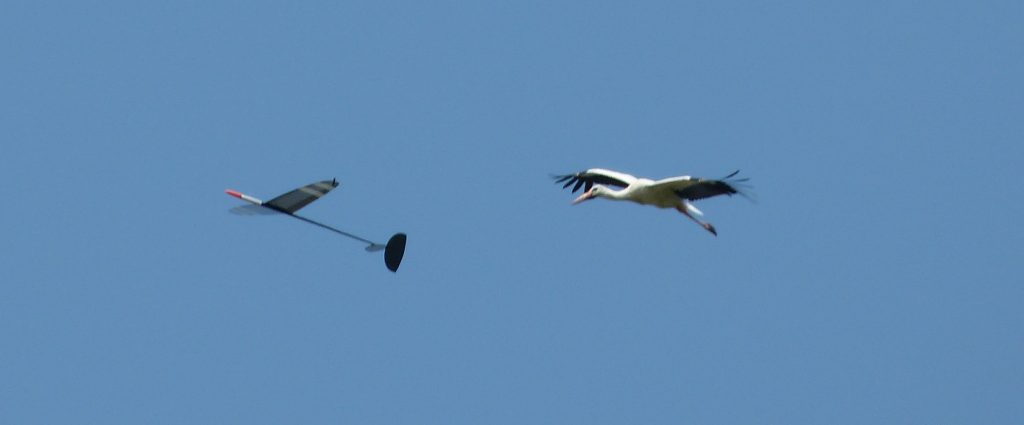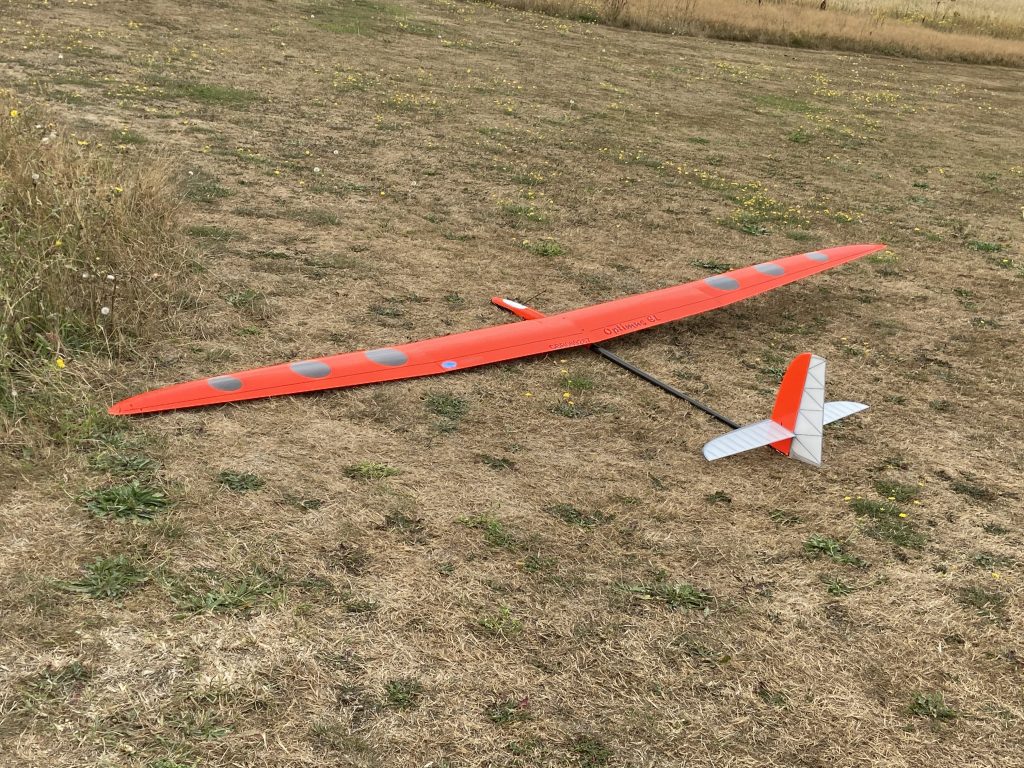What is thermal soaring?
If you’ve ever watched a gull or a buzzard ascending in lazy circles without flapping its wings then you’ve seen thermal soaring already. The bird is an expert at finding and riding thermals: invisible currents of rising warm air. You can learn to do this too, with a radio-controlled glider. It’s a great experience.
Getting started
The easiest way to start is with a cheap and cheerful foam glider, about 1.8m-3m, with an electric motor in the nose. (The motor is just for the initial launch, then you switch it off). Even beginners’ gliders look sleek on the ground and graceful in flight. Your model will not be too difficult to fly since it will be stable and slow enough to give you plenty of time to react. But do join a club to get experienced help. You’ll soon have the model trimmed out and gliding nicely. Now you’re ready to progress from just gliding to thermal soaring. At first, probably the only thermals you will be aware of are the big ones (‘Wow, look, my model’s going up like a train’) and they will feel like pretty rare pieces of good luck. They are not. There is usually some thermal activity around and you will learn how to find it, to recognise weak lift as well as strong and to read the air from the behaviour of the model, from the birds and the trees, from subtle changes in wind speed and direction.
Making progress
Many experienced fliers are perfectly happy sticking with their first electric foamies and learning to fly them better and that’s fine. But there’s lot of scope to move onwards and upwards in a variety of different directions if you want to. Higher-performance models are available, often designed for competition use but all of them great for sport-flying too. Depending what sort of competition they were designed for, these range from exquisite little hand-launch models of 1.5m span weighing a couple of hundred grams to equally-beautiful 8m, 15kg monsters which are 1/3 scale models of full-size originals. Until recently, most of these more advanced models have been of moulded composite construction – which doesn’t come cheap. But now 2 metre RES competitions are increasingly popular. These are flown with gliders of traditional built-up construction costing little more than a sports foamie but offering vastly better thermal performance, whether as a great introduction to competition flying or just at the club field. And, even where moulded models are allowed, it’s always possible to keep cost down by flying smaller classes / buying second-hand.
For more detailed introductions to the full range of different thermal soaring specialisms, take a look at the SFTC (Silent Flight Technical Committee) pages.
Competitions?
Don’t think glider competitions are only for people who aspire to a place in a GBR team. Footballers compete five-a-side in the gym as well as in the Premier League. Golfers compete against their friends on a Sunday morning as well as in the Open. Glider competitions are great fun for pilots who just want to give some focus to their flying, improve a bit and enjoy the occasion as well as for those who aim for the stars (and indeed those of us whose ambitions are modest are in the majority). National as well as local competitions are very inclusive, with newcomers warmly welcomed and freely helped. Give it a go.
Competitions are listed on the BMFA and BARCS sites. Keep an eye out too for try-it-out / training days designed to encourage beginners and improvers.




